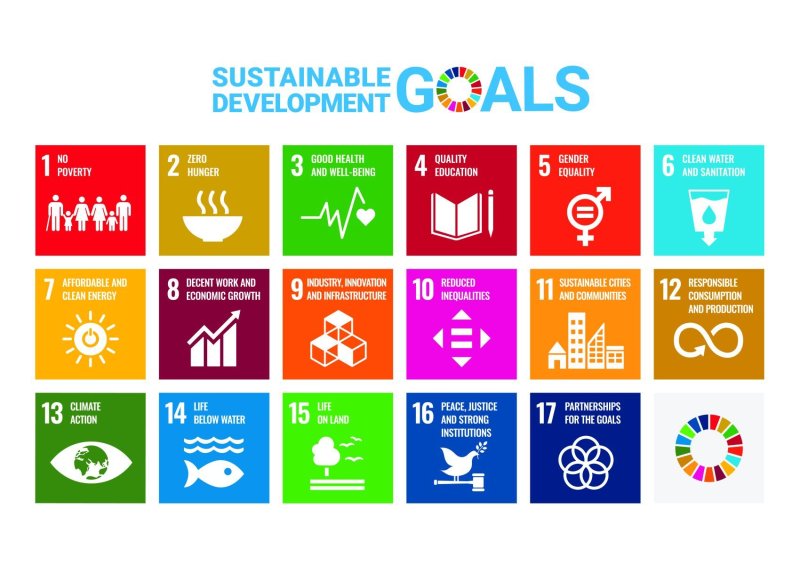Guide to the Saline Agri Map
Inclusion criteria
The projects listed in the Saline Agri Map involve:
- Collaborative initiatives: that involve more than one partner/member. These initiatives can include a mix of participants, such as companies, civil society organisations, and government entities at various levels (national, regional, or local).
- International and Transnational Institutions: These initiatives involve organisations that operate across borders.
- Common Governance Goal and significant governance function: These initiatives aim to influence policies and behaviours among their members or a broader community. They perform important governance functions to achieve their goals.
Geographical focus
The Map currently showcases initiatives across Europe, the Middle East, Central & South East Asia, and North & Sub-Saharan Africa.
The pointers on the map indicate one of two possible locations:
- Action Area
Indicates the specified geographic location (on a national level) where the initiative's activities are carried out. - International Secretariat
Shows the location of the initiative's secretariat or lead partner. Sometimes, this location is chosen as the pointer if the Action Area encompasses multiple locations.
Thematic focus
Thematic focus represents the central theme or main area of interest around which activities and efforts are directed. Thematic focus helps to define the scope and purpose of an initiative, ensuring that resources and attention are directed toward a particular subject or issue. These themes are important in the context of addressing salinity issues in agriculture and sustainable resource management.
- Aquaculture: Aquaculture is the practice of cultivating aquatic organisms such as fish, shellfish, and aquatic plants in controlled environments like ponds, tanks, or ocean pens. It is a method of food production.
- Conventional Crops: Conventional crops refer to the typical or traditional agricultural crops that are widely cultivated and consumed. These crops include staples like wheat, rice, maize, and potatoes, among others, and are not specifically adapted to saline conditions. For some of these crops, however, salt-tolerant varieties exist.
- Halophytes: Halophytes are a category of plants that are adapted to grow in saline or high-salt environments. They have evolved various physiological and biochemical mechanisms to tolerate and thrive in conditions where most conventional crops would struggle.
- Salinity Adaptation: Salinity adaptation involves measures and practices aimed at enabling plants, crops, and ecosystems to thrive in saline or salty conditions. This can include the cultivation of salt-tolerant plants or the development of agricultural practices that are resilient to high salt concentrations.
- Salinity Mitigation: Salinity mitigation refers to the actions and strategies taken to reduce or manage the levels of salt in soil, water, or ecosystems. It often involves techniques to improve soil quality and water quality in areas affected by high salinity, such as adjusting drainage, leeching or irrigation practices.
- Soil Management: Soil management encompasses practices and techniques to optimise soil health and quality for agricultural purposes. It includes soil testing, fertilisation, crop rotation, and erosion control, among other strategies, to improve crop yields and sustainability.
- Water Management: Water management involves the planning, distribution, and conservation of water resources. It includes activities like irrigation, water purification, flood control, and sustainable use of water for agriculture, industry, and domestic purposes.
Sustainable Development Goals
The SDGs, or Sustainable Development Goals, are a set of 17 global goals adopted by the United Nations in 2015 to address various global challenges and improve the world by the year 2030. These goals are designed to create a more sustainable, equitable, and prosperous future for people and the planet.

Figure from the United Nations Website as per their guidelines